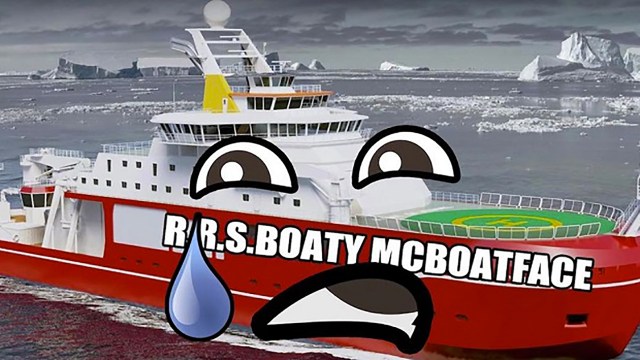Ask Ethan: Can we use quantum entanglement to communicate faster-than-light?
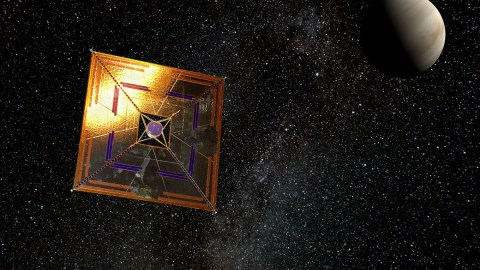
Einstein called it spooky, but if we figure it out right, can we learn about distant star systems instantaneously?
“Trying to understand the way nature works involves a most terrible test of human reasoning ability. It involves subtle trickery, beautiful tightropes of logic on which one has to walk in order not to make a mistake in predicting what will happen.” –Richard Feynman
Earlier this month, billionaire Yuri Milner and astrophysicist Stephen Hawking teamed up to announce the Breakthrough Starshot, an incredibly ambitious plan to send the first human-created spacecraft to other star systems within our galaxy. While a giant laser array could, feasibly, launch a low mass, microchip-sized spaceship towards another star at some ~20% the speed of light, it’s unclear how such an underpowered, small device like that would ever communicate across the vastness of interstellar space. But Olivier Manuel had an idea that he submitted for Ask Ethan:
It’s a long shot, but could quantum entanglement be used for communication?
It’s certainly worth considering. Let’s take a look at the idea.
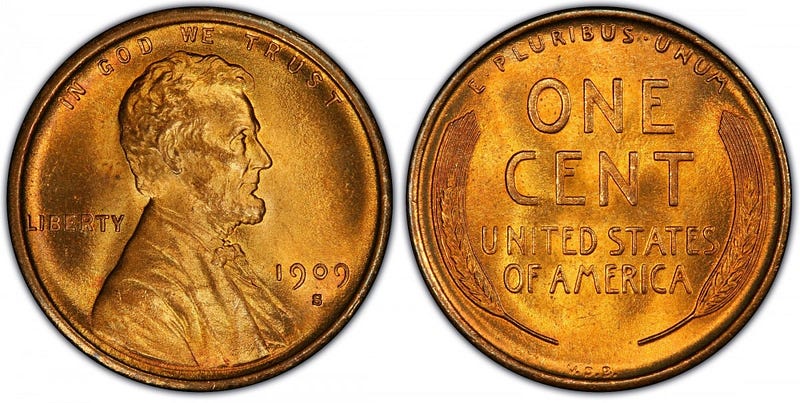
Imagine you have two coins, where each one can turn up either heads or tails. You have one and I have one, and we’re located extremely far away from each other. We each toss them up in the air, catch them, and slap them down on the table. When we reveal the flip, we fully expect that there’s a 50/50 chance that each one of us will uncover a “heads” result and a 50/50 shot we’ll each get a “tails.” In the normal, unentangled Universe, your results and my results are completely independent of one another: if you get a “heads” result, there’s still a 50/50 shot for my coin to either display “heads” or “tails.” But under some circumstances, these results could be entangled, meaning that if we do this experiment and you get a “heads” result, you’ll know with 100% certainty that my coin is displaying “tails,” even before I told you. You’d know it instantaneously, even if we were separated by light years and not even a single second had passed.
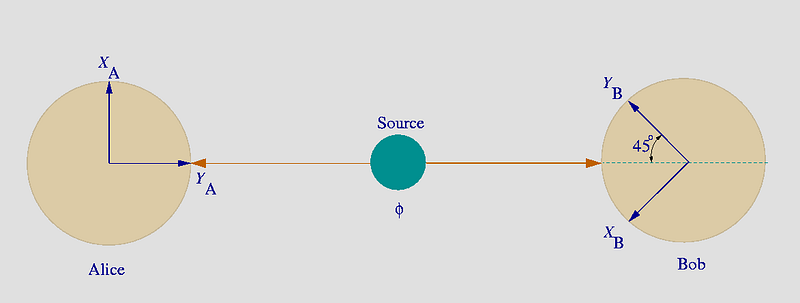
In quantum physics, we normally entangle not coins but individual particles like electrons or photons, where, for example, each photon can have a spin of either +1 or -1. If you measure the spin of one of them, you instantaneously know the spin of the other, even if it’s halfway across the Universe. Until you measure the spin of either one, they both exist in an indeterminate state; but once you measure even one, you immediately know both. We’ve done an experiment on Earth where we’ve separated two entangled photons by many miles, measuring their spins within nanoseconds of one another. What we find is that if we measure one of them to be +1, we know the other to be -1 at least 10,000 times faster than the speed of light would enable us to communicate.
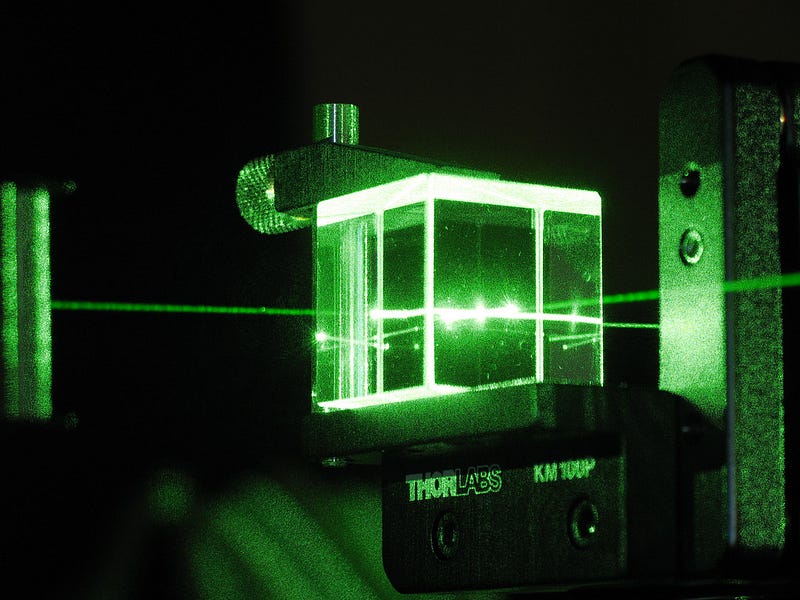
So now to Olivier’s question: could we use this property — quantum entanglement — to communicate from a distant star system to our own? The answer to that is yes, if you consider making a measurement at a distant location a form of communication. But when you say communicate, typically you want to know something about your destination. You could, for example, keep an entangled particle in an indeterminate state, send it aboard a spacecraft bound for the nearest star, and tell it to look for signs of a rocky planet in that star’s habitable zone. If you see one, make a measurement that forces the particle you have to be in the +1 state, and if you don’t see one, make a measurement that forces the particle you have to be in the -1 state.

Therefore, you reason, the particle you have back on Earth will then either be in the -1 state when you measure it, telling you that your spacecraft found a rocky planet in the habitable zone, or it will be in the +1 state, telling you that it didn’t find one. If you know the measurement has been made, you should then be able to make your own measurement, and instantly know the state of the other particle, even if it’s many light years away.
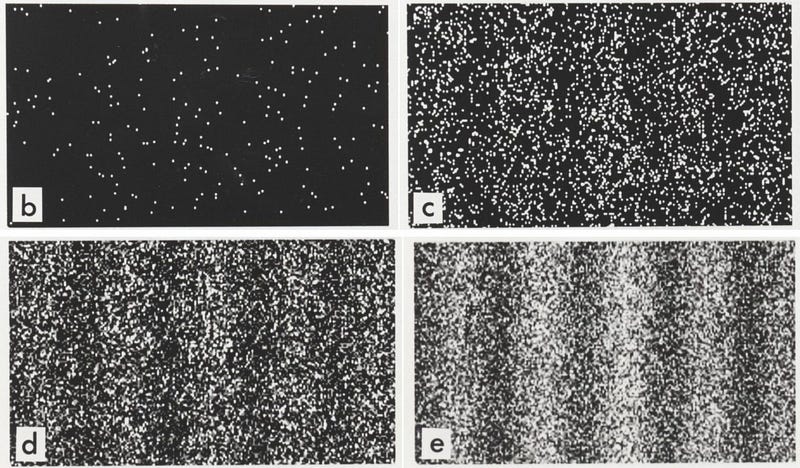
It’s a brilliant plan, but there’s a problem: entanglement only works if you ask a particle, “what state are you in?” If you force an entangled particle into a particular state, you break the entanglement, and the measurement you make on Earth is completely independent of the measurement at the distant star. If you had simply measured the distant particle to be +1 or -1, then your measurement, here on Earth, of either -1 or +1 (respectively) would give you information about the particle located light years away. But by forcing that distant particle to be +1 or -1, that means, no matter the outcome, your particle here on Earth has a 50/50 shot of being +1 or -1, with no bearing on the particle so many light years distant.
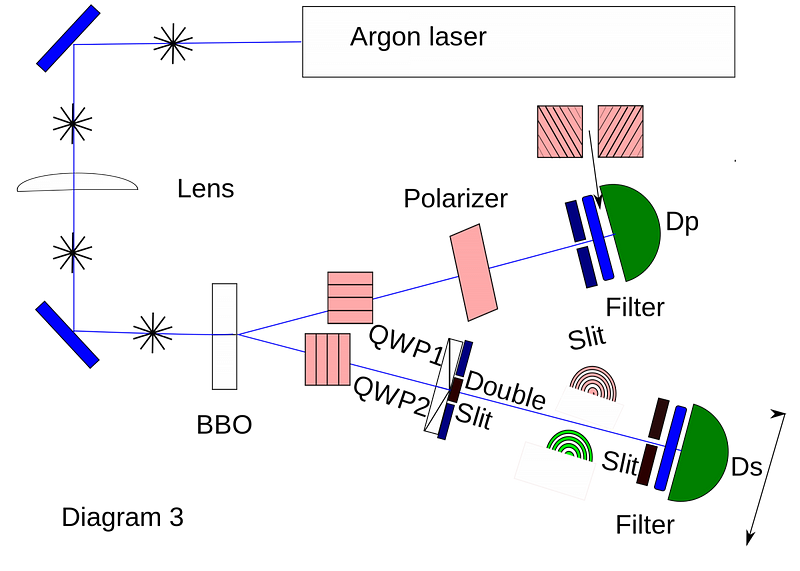
This is one of the most confusing things about quantum physics: entanglement can be used to gain information about a component of a system when you know the full state and make a measurement of the other component(s), but not to create-and-send information from one part of an entangled system to the other. As clever of an idea as this is, Olivier, there’s still no faster-than-light communication.
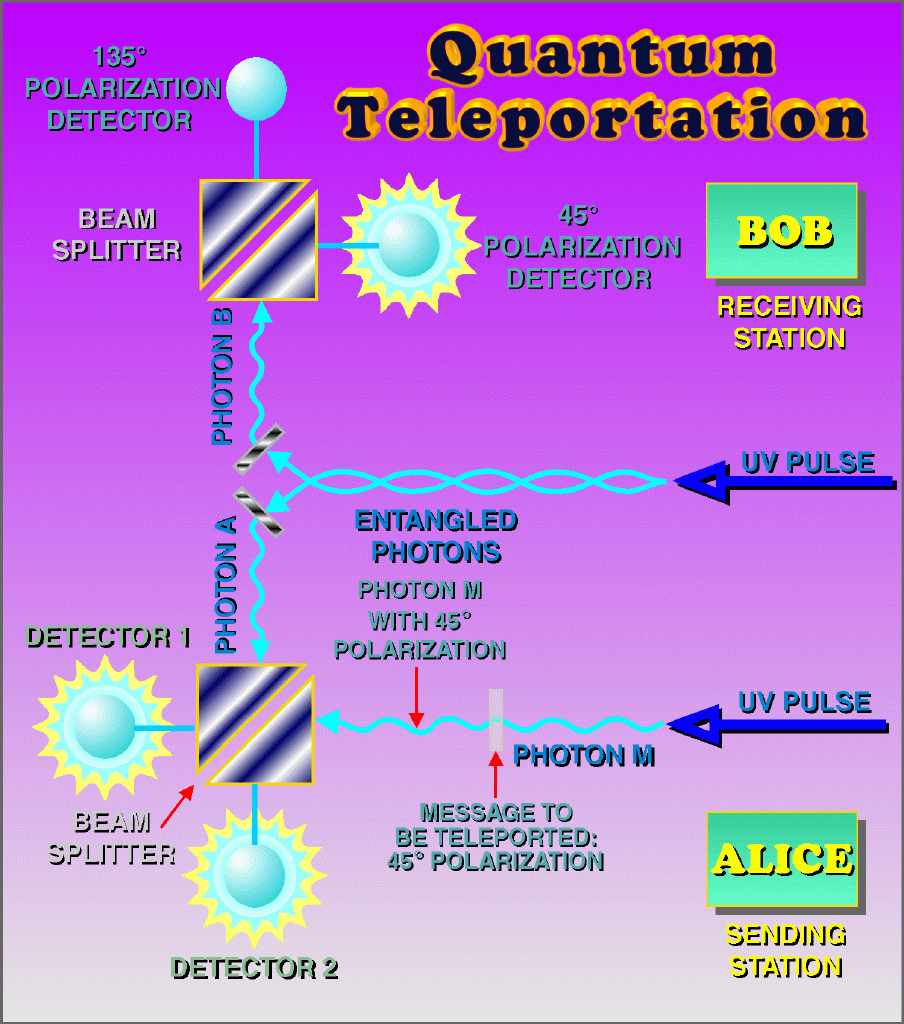
Quantum entanglement is a wonderful property that we can exploit for any number of purposes, such as for the ultimate lock-and-key security system. But faster-than-light communication? Understanding why that’s not possible requires us to understand this key property of quantum physics: that forcing even part of an entangled system into one state or another doesn’t allow you to gain information about that forcing from measuring the remainder of the system. As Niels Bohr once famously put it:
If quantum mechanics hasn’t profoundly shocked you, you haven’t understood it yet.
The Universe plays dice with us all the time, much to Einstein’s chagrin. But even our best attempts to cheat at the game are thwarted by nature itself. If only all referees and umpires were as consistent as the laws of quantum physics!
Submit your Ask Ethan considerations to ethan dot siegel at gmail dot com.
This post first appeared at Forbes. Leave your comments on our forum, check out our first book: Beyond The Galaxy, and support our Patreon campaign!





